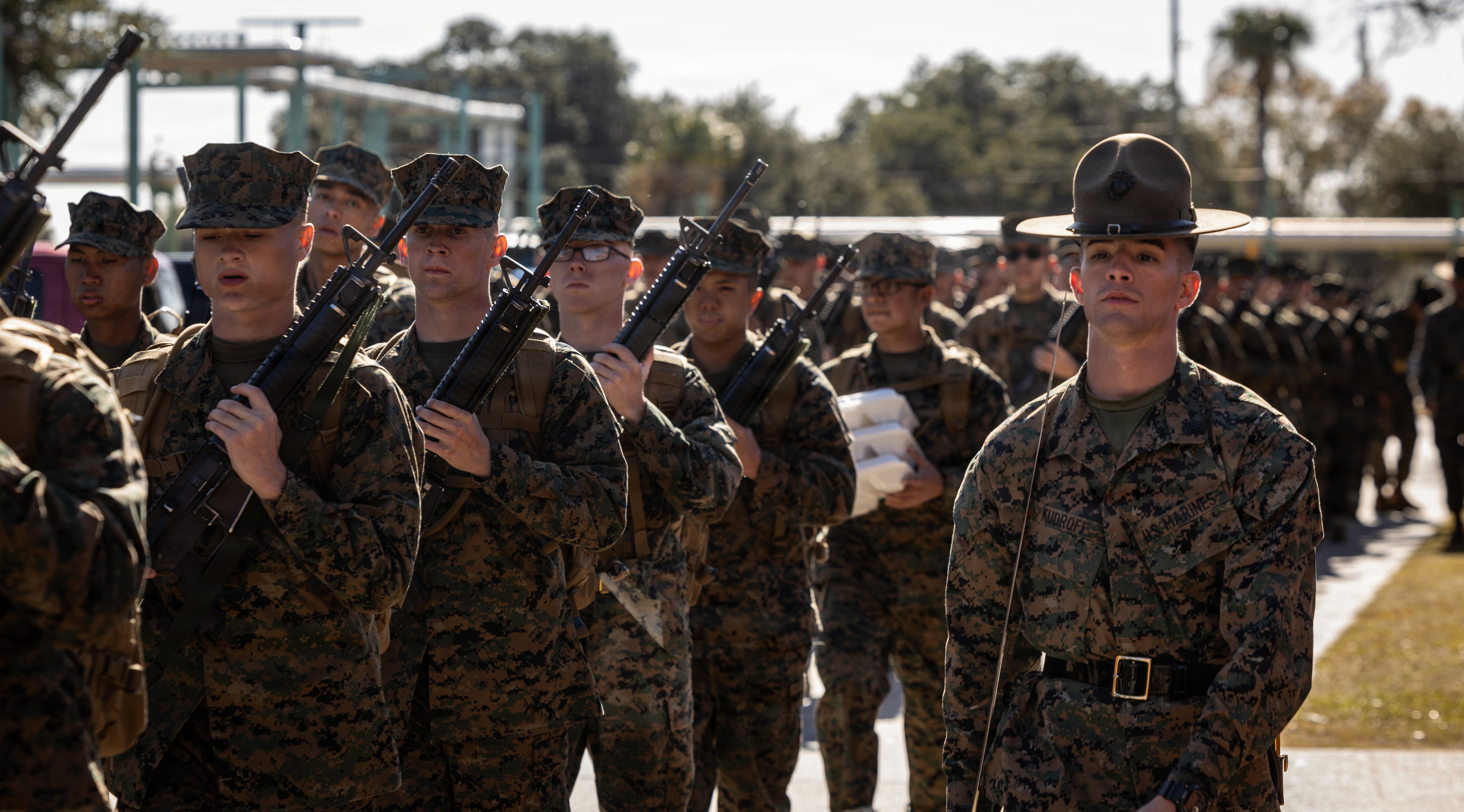The Navy's top enlisted sailor said the new reorganization of the Navy's enlisted ratings will ultimately give sailors more career opportunities and allow the Navy to better match individual sailors to job assignments that best fit their skills and training.
Master Chief Petty Officer of the Navy (SG/IW) Steven Giordano said the decision announced on July 13 to reorganize the Navy's enlisted ratings into 12 communities and 23 career fields will eventually allow sailors to qualify in skills outside their own traditional rating and will open up more job opportunities across the fleet.
"I am extremely excited about ... the short and long-term benefits of this move and where we will be as a Navy as a result of these rating modernization efforts," Giordano told Navy Times in a July 14 interview.
"We'll be in a position to better manage our talent," he said.
Giordano says the initial feedback has been positive, but there are some sailors out there who might be confused about the move — he encourages them to ask questions every chance they get.
As the Navy converts it's existing Navy Enlisted Classification codes, the service is, in essence, creating a new language that will better describe sailors and their skills and abilities, he said.
"This new construct isn't just a code that's read only by IT systems," Giordano said. "It allows everybody — commands, detailers and even sailors themselves — to see immediately by looking at this where that sailor is at in training as well as the level of proficiency they are at in their skill sets. That's what these are designed to do."
The short-term benefit of the new system, he said, will come as these codes are entered in a sailor's service records, resulting in a vastly more detailed system.
Giordano pointed out that the Navy's new billet-based detailing, which came online last year, defines the jobs sailors are doing across the Navy to a greater degree than ever before. But what was missing was the corresponding piece that denoted a sailor's skills to the same degree.
"There's been a lot work done in the billet descriptions ... and now we will be able to tie the DNA of the sailor to the DNA of that job and if those two things match, there's a better fit of the right sailor heading to the right job," he said.
"The commanding officer and the leadership team will know more about the sailors they're getting onboard, what they know and their level of proficiency. While sailors, too, can track themselves and see what they need to achieve the next level in their proficiency."
The long-term benefits of this reorganization will be the opportunities the Navy outlined last fall in allowing sailors to qualify in skills related to their own communities and career fields. This, in turn, will open up more jobs across the Navy and the fleet.
"It's about opportunities for our sailors that were limited under the historical constructs. But moving forward, restructuring into the 12 communities and 23 career fields will bring flexibility as well as mobility to our sailors unlike any we've seen in the Navy before."
This administrative change wasn't done overnight, he says. It was the result of a back and forth between the community managers and the fleet since last fall, some of which Giordano sat in on shortly after taking office last September.
"Not only was the fleet represented at the table, but all the rating experts from the community managers as well as the detailing shops were part of the discussion," he said. "This was truly an all-Navy effort."
Navy personnel officials tell Navy Times that the change is not set in stone. Instead, it's a working structure that can be modified and tweaked along the way to meet the needs of the communities and the Navy as a whole.
Driving that evolution will be feedback from sailors.
"This is why we're working to be as transparent as possible and communicating what we're doing to our sailors," he said. "The intent of this is to let people see what we are doing as we work through this and as a result, will allow sailors to see this and start asking more questions about how this will impact their education, training, career flexibility and the availability of assignments, and give us feedback along the way."
Mark D. Faram is a former reporter for Navy Times. He was a senior writer covering personnel, cultural and historical issues. A nine-year active duty Navy veteran, Faram served from 1978 to 1987 as a Navy Diver and photographer.





